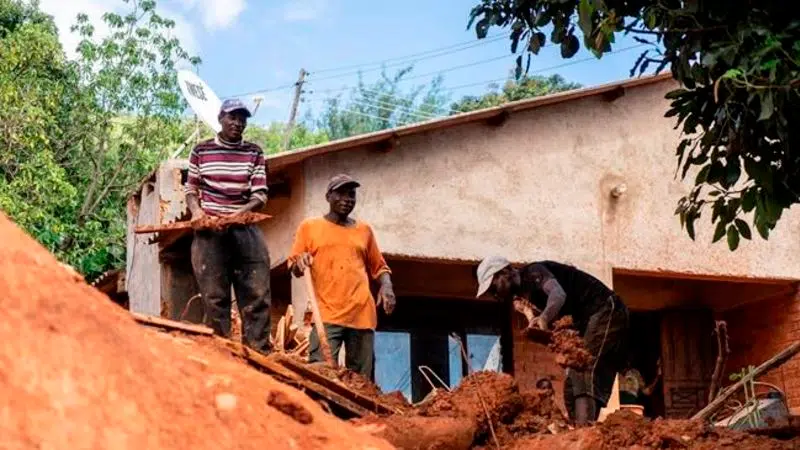
Aid increases to thousands homeless from Mozambique cyclone
BEIRA, Mozambique — Authorities in Mozambique say that with a key road open to the badly damaged city of Beira, conditions on the ground improving and more international help arriving, vital aid to those hit by Cyclone Idai should now flow more freely.
Cyclone Idai’s death toll has risen above 750 in the three southern African countries hit 10 days ago by the storm, as workers rush to restore electricity, water and try to prevent outbreak of cholera.
In Mozambique the number of dead has risen to 446 while there are 259 dead in Zimbabwe and at least 56 dead in Malawi for a three-nation total of 761.


